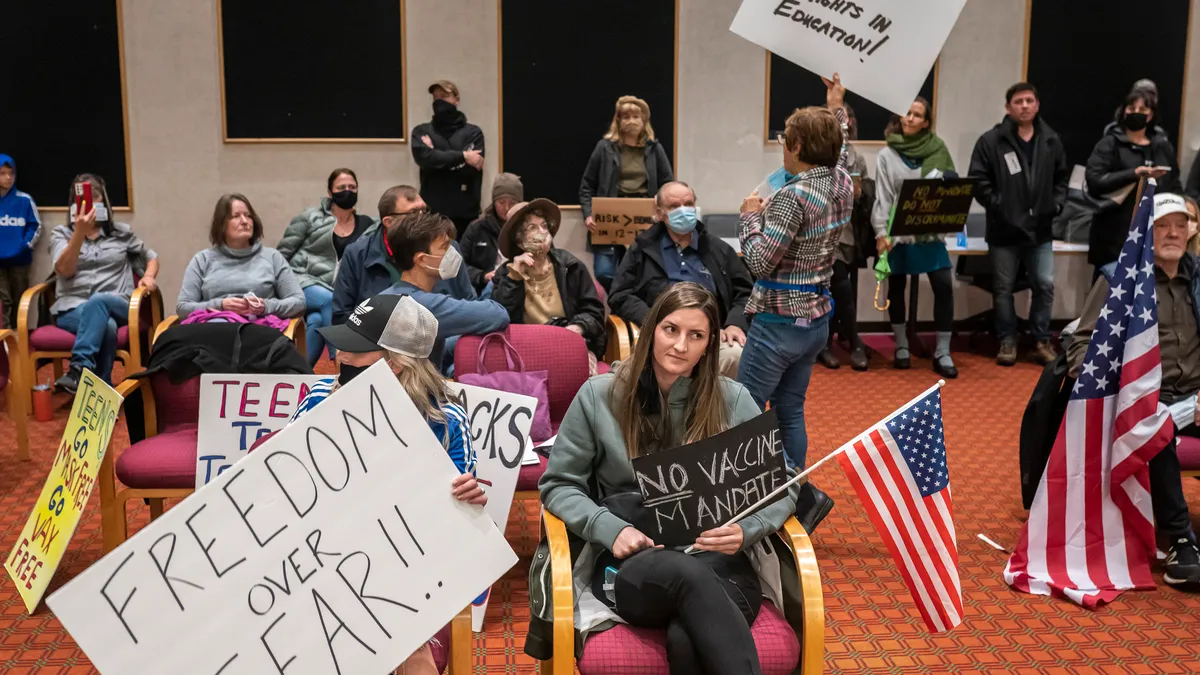Dive Brief:
- New chapters on well-rounded educations and tiers of evidence expand on the findings in the Education Commission of the States' “ESSA: Mapping Opportunities for the Arts” report, which details how states and school districts can engage with the arts via the Every Student Succeeds Act.
- The ESSA introduced "well-rounded education," a term that replaced the "core academic subjects" definition with an approach that asks schools to incorporate diverse subjects “with the purpose of providing all students access to an enriched curriculum and educational experience,” and it offers funding opportunities to help districts achieve this goal.
- Programs must be backed by studies that “demonstrate a statistically significant effect on the targeted student outcomes,” or can be backed by “research or evaluation-based rationale,” which would require educators to develop plans that allow for additional evaluation of those programs' effects.
Dive Insight:
Part of the challenge states and school districts face in ensuring students have access to a “well-rounded education” is that many of the subjects and disciplines that would make up such an education are often constantly in danger of cuts, most likely because state accountability exams do not focus on proficiency in these subjects. For example, the Commission’s report details many of the funding opportunities ESSA offers districts that emphasize opportunities in arts and music, but the number of headlines on the local and national level bemoaning the loss of arts and music programs in schools over the years have become countless.
It is possible that these funding cuts to fine arts and music programs over the years have left districts and schools without the staff or internal infrastructure to take advantage of funding opportunities resulting from the ESSA. Districts considering cuts to their fine arts programs should keep in mind the possibility that they may be able to receive funding for those programs to further deliver a well-rounded education.
The report also touts the use of arts integration into already-established curriculum. This is a viable approach for schools and districts that may have cut back on arts programs and must make due with a diminished arts faculty. If a school lacks the staff to be able to independently offer enough arts classes to satisfy all students, administrators can re-examine how their arts educators approach teaching. Instead of holding independent classes, arts teachers can work as a de facto "consultant" with math, science, English or history teachers, collaborating with other educators on the best ways to make sure students receive some arts understanding in all of these subjects. This approach could make it unnecessary to hire additional staff, and it could make those schools attractive funding targets for the government in support of well-rounded education options.











